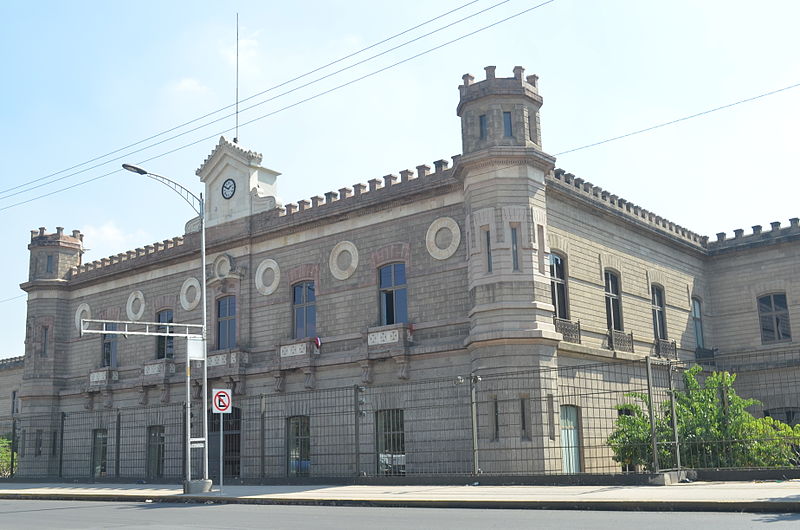

The late 19th century saw Porfirio Díaz consolidate power, and a flowering of European and Neo-Indigenist architecture. The period is known today as “the Porfiriato.”
1872
President benito Juárez dies of a heart attack on 18 July. He was succeeded by the head of the Supreme Court, Sebastián Lerdo de Tejada, the head of the Supreme Court. Porfirio Díaz was amnestied for his rebellion by Lerdo in November 1872. Díaz later rebelled against Lerdo in 1876. Although Díaz was a rival of Juárez during his life, after Díaz seized power he helped shape the historical memory of Juárez.
1878
Service begins from the San Lázaro Railway Station to points in Puebla and Veracruz. Rail service continued through the late 1970s when the station was demolished. It’s remembered today only in the San Lázaro Metro station and the San Lázaro Legislative Palace.
1888
Construction begins on the notorious Lecumberri Palace Prison complex which opened as a prison, primarily for Porfirio Diaz’s political enemies. Architect and designer, Miguel S. Macedo would be imprisoned there himself during the Mexican Revolution.
1894
Construction is completed on the original Cuatro Caminos Bullring, named for the four roads connecting Azcapotzalco, Chapultepec, Naucalpan, and far to the east, Tenochtitlan. The same root-words in Nahuatl give us the name for Naucalpan. Made of wood and with a capacity for 30,000 people, the bullring would be replaced in 1947 with the a steel dome. Bullfights were held here regularly until 1968, and then intermittently until 1996. Today, the Cuatro Caminos Metro Station is still sometimes referred to as “Toreo.” It’s symbol is the 1947 steel dome.
1900
Construction begins on the Angel de la Independencia monument. The work is completed some ten years later in time for the centennial of the country’s independence. On November 20, Porfirio Díaz cuts the ribbon at the opening of the Mercado de Paz in the Zona Centro of Tlalpan.
1901
On November 18, police arrest 41 male attendees at a dance near the avenue, San Juan de Letran (today’s Eje Central). Some had been dressed as women, and it’s likely a 42nd was a nephew of President Porfirio Díaz. He only barely escaped arrest. The modern LGBTTIQ movement in the city still traces its history to this event.
1903
California immigrants Walter and Frank Sanborn opened Mexico’s first soda fountain and lunch counter across from the Palacio de Correos. This first Sanborns location is still in operation, but the chain acquired its more famous branch, two blocks south at La Casa de los Azulejos, in 1919.
1904
Porfirio Díaz lays the first stone of the Palacio de Bellas Artes. The building would not be finished until 1934.
1904 – 1911
Architect Silvio Contri begins work on what is today the Neoclassical and Renaissance style National Museum of Art (MUNAL). It was built to house the Secretariat of Communications and Public Works.
1910
Work begins on a new Federal Legislative Palace, planned since 1897. The project wouldn’t be completed until 1938, by which time it was converted into the Monument to the Revolution.
1910
Porfirio Díaz officially opens Avenida Centenario, which still runs from Tacuba north to the Azcapotzalco alcaldia administrative building. It was the first street to feature asphalt and electric lighting in its street lamps.